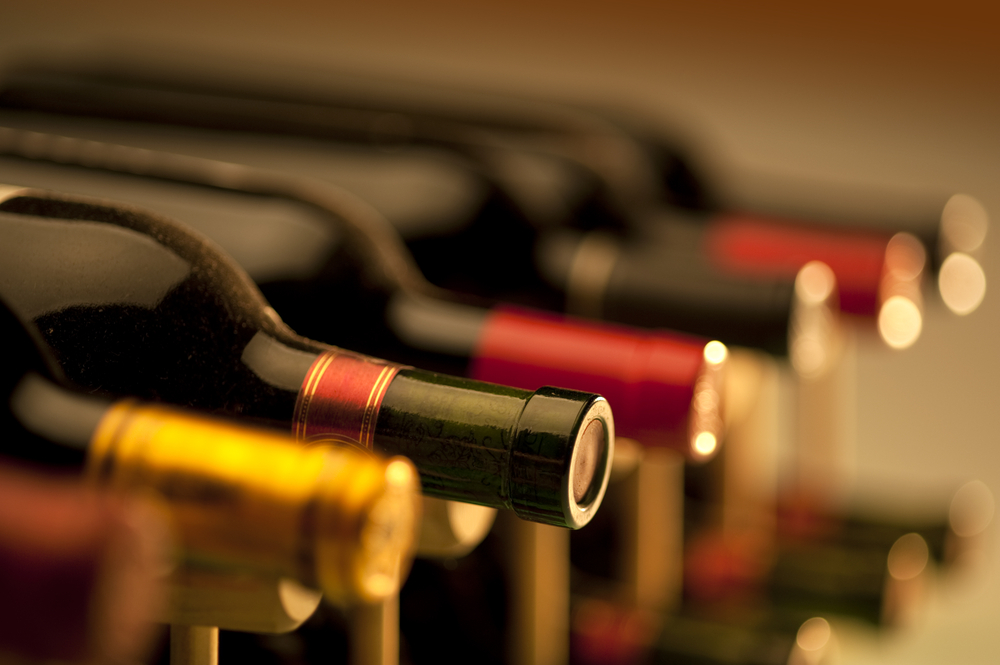Blog
BLOG: Why fine wine might be a better investment than you thought

Guest Author:
Alexander WestgarthAgainst the backdrop of war, rising inflation and market volatility, alternative asset classes have come to the fore, and fine wine is gaining investor attention.
The world has become a very uncertain place in a short amount of time. Many asset classes have been materially impacted by several factors, chiefly the conflict in Ukraine, but also legacy issues from Covid-19 such as record inflation and supply chain constraints.
The return of high inflation presents some investors with a very real problem. In the UK, price increases reached 9.2% in March, the highest level for 30 years, and that rate is expected to accelerate over the months to come.
Similar pressures are being felt in economies across Europe and in North America. Central banks have reacted by increasing base rates, with guidance pointing to further rises across 2022.
With wide uncertainty in markets and nervousness about the prospect of traditional assets such as bonds, many investors are looking to reduce risk through diversification.
In this environment, alternative asset classes have come to the fore, with fine wine once again showing capital strength. The fine wine market is providing a stable environment with international appeal, even during times of economic turbulence such as the ones we are currently facing.

How life insurance can benefit your health and wellbeing over the decades
Sponsored by Post Office
The top end of the fine wine market is self-contained and, to a large extent, separated from financial markets. This is, in part, because it shadows the movement of wealth around the globe rather than being attached to a single economy or bloc. It is less susceptible to the volatility experienced in conventional markets and has shown to be less volatile than other ‘luxury’ asset classes.
Although collecting quality and rare wines as an investment to trade in the future is not a new concept, over the past 25 to 30 years it has become one of the most popular soft commodity markets due to its flexibility, limited production and stability.
It also has a strong track record of providing inflation protection. Since its launch and to the end of 2021, the LIV-ex 1000 index, the main pointer that measures fine wine market performance, has risen 270.7%, survived three global financial crises and returned more than the S&P500.
Further, in the current economic landscape, as inflation spiked towards the end of last year, so did the price of wine, with the Liv-ex 1000 rising 19.08% in 2021.
Much like gold, during periods of high inflation, wine is often seen as a good way to store value. Over the past few years, wine has had a better performance track record compared to gold.
Looking at data from both assets for the 2021 calendar year, wine returned 22.5% while gold returned -2.69%. That’s not saying gold isn’t a good investment in times of volatility or higher inflation, but rather, supports fine wines’ ability to deliver stable returns and portfolio diversification.
During recent years, the market has seen an increased influx of investment from both sophisticated and retail investors which has increased the demand on a limited supply chain. This demand continues to grow as the market attracts new areas of wealth, while production remains static. This is particularly notable on most sought-after wines where demand outstrips supply.
Against this backdrop, companies are trying to democratise what was once only the playing field of affluent, high net worth individuals and sophisticated investors.
By harnessing cutting edge technology, and lower fee models, retail investors can now make the most of fine wine’s stable and diversifying powers in the current environment.
Alexander Westgarth is CEO at WineCap, a new wine investment company which analyses over 400,000 wine prices a day to identify the right, undervalued wines to buy and sell across the globe.